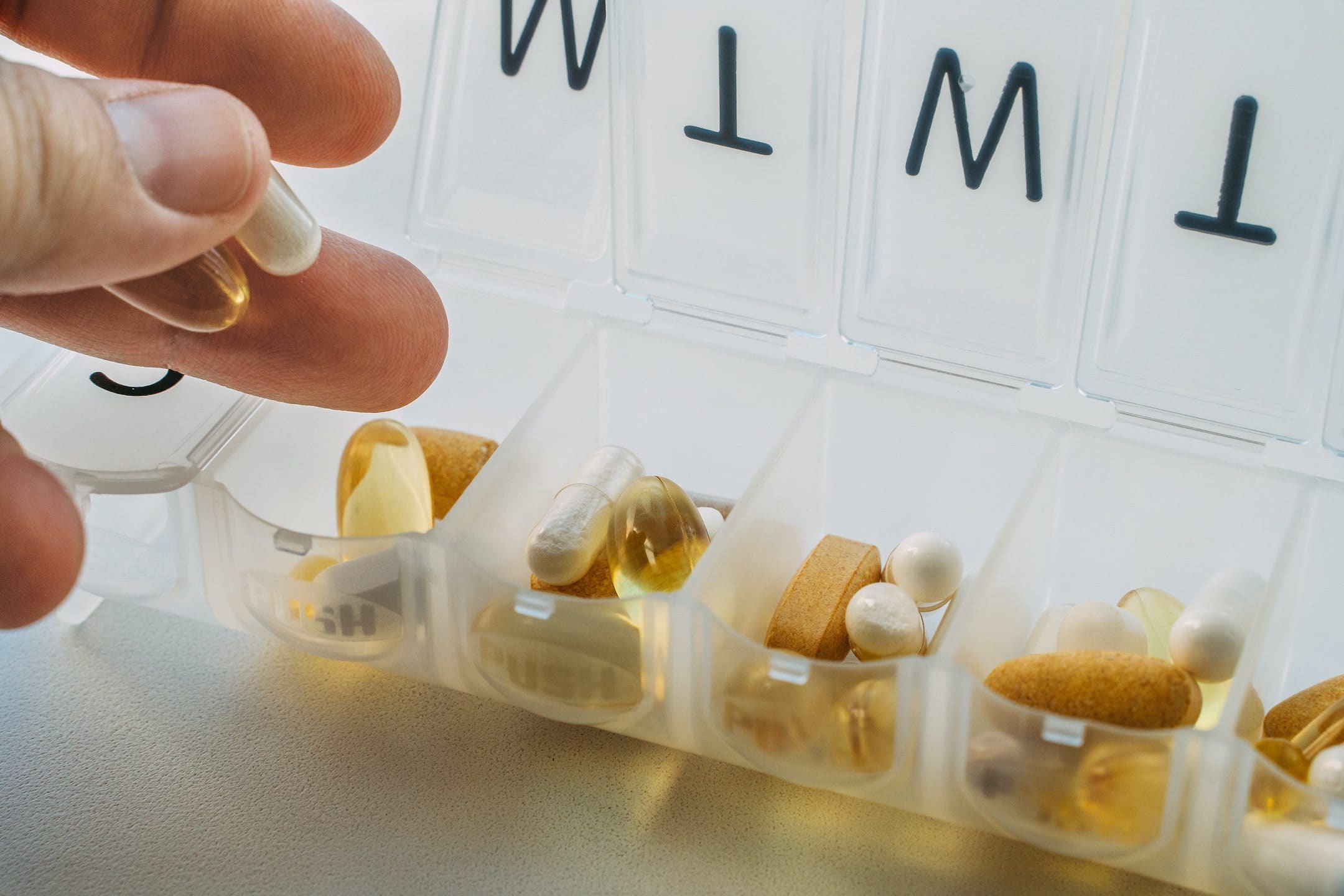After deciding to freeze your sperm, you’ll need to decide how much sperm you want to store. With Legacy, you can choose to freeze 4, 8, or 12 vials depending on which bundle you select. In this article, we’ll explore the different options that are available and identify what factors should play into deciding how much sperm you should freeze.
Key takeaways
- There are several factors that influence how many vials of sperm you should freeze, including your reason for freezing, your preferred method for using the frozen sperm, and financial constraints.
- Sperm freezing is a quick and easy process that can be done from the comfort and privacy of your home.
- Some methods, like intrauterine insemination, require more vials of sperm per attempt and you should consult a fertility advisor to determine how many vials you need to maximize your chances of conceiving.
How sperm freezing works
Sperm freezing preserves your fertility and expands your family-building options by preserving your healthiest sperm for when you are ready to use it. It is commonly used by those who are facing infertility issues or undergoing medical treatments that may impact their sperm quality, such as cancer therapy.
It is also used by individuals who want to preserve their fertility for the future, such as those who are waiting to start a family at a later stage in life. Once frozen, sperm can be stored indefinitely, making sperm freezing a great option for many people — even those without a specific timeline in mind.
In one study of over 100,000 donor sperm samples, there was no significant difference between pregnancy and live birth rates from those who used sperm frozen for less than 5 years compared to 10 or more.
Sperm freezing is a quick and painless process that involves producing a sample, receiving a semen analysis, and deciding on a storage package that fits your needs.
Semen analysis and sample collection
Before freezing your sperm, you may receive a semen analysis. This is a test that measures the key parameters of sperm health — including, sperm count, motility (how well sperm are swimming), and morphology (the size and shape of sperm) — to provide a comprehensive overview of your fertility.
A semen analysis can be conducted in a lab or from home. This important step ensures the sperm you freeze are healthy and viable. If you choose an at-home option, your semen sample is collected via masturbation and sent to our labs with prepaid overnight shipping.
Sperm freezing
Once the lab receives your sperm sample, it is assessed and “washed” with a sterile media. Next, the sperm are separated from the seminal fluid and sterile media in preparation for freezing. The sperm are mixed with a cryoprotectant — a substance that draws water out of the sperm cell to prevent damage during freezing — in cryogenic vials. The sperm is then frozen using liquid nitrogen and stored at -196ºC or lower.
How you can use your frozen sperm
Freezing your sperm preserves your fertility and can give individuals more control over when they choose to start their family. Sperm freezing can also be used to help people who are having trouble conceiving and want biological children. Some common reasons for freezing sperm include:
- seeking fertility treatment
- considering a vasectomy
- having a high-risk job
- starting hormone replacement therapy
- beginning testosterone or hair loss treatment
- undergoing chemotherapy
- participating in high-impact athletics, and
- wanting to be proactive about preserving your fertility.
Deciding how you want to use your frozen sperm will depend on you or your partner’s preferences and the reasons for freezing your sperm. Identifying your preferred method for conceiving after freezing your sperm will inform how many vials of sperm you should freeze to maximize your chances of conceiving. Some common ways to conceive with frozen sperm include:
- Intrauterine insemination (IUI): During this process, the sperm is directly placed into the uterus, bypassing the vagina and cervix. This procedure is timed to take place during ovulation so that fertilization can occur naturally.
- In vitro fertilization (IVF): During this procedure, the eggs are extracted from the ovaries and fertilized in a laboratory.
- Intracytoplasmic sperm injection (ICSI): During this procedure, a single sperm cell is injected into an egg for fertilization.
The most important parameter to consider when discussing how to use your sperm sample is the total motile sperm count. For example, if you’re seeking fertility treatment, the treatment option you use to conceive in the future will dictate how much motile sperm is needed. If you plan on opting for IUI, one vial of sperm is required per attempt. For IUI, it is recommended to freeze three to five vials of sperm per child you plan on having.
In contrast, if you plan to try ICSI, one vial of sperm can be used an almost unlimited number of times. Working directly with a fertility specialist can help ensure you freeze the right amount of sperm for whichever procedure you want to pursue.
Sperm quality
Sperm quality plays a crucial role in determining the amount of sperm that needs to be frozen. Sperm quality is measured based on several parameters, including sperm count, motility, and morphology. If your sperm quality is poor, it is recommended to freeze a larger sample size to increase the chances of success when the sperm is used for artificial insemination or IVF. On the other hand, if your sperm quality is good, a smaller sample size may be sufficient.
Your doctor will be able to assess your sperm quality and provide guidance on the amount of sperm that should be frozen based on your individual situation and the results of a semen analysis.
The cost of sperm freezing
The cost of sperm freezing varies depending on the clinic you choose, the location, and the amount of sperm you wish to freeze. The cost of sperm freezing can range from a few hundred to several thousand dollars, depending on the services you require. It’s important to understand the cost of sperm freezing before making a decision, and to consider the long-term benefits of preserving your fertility.
Despite what many people may believe, sperm storage can be relatively low cost and accessible. In some situations — like for individuals who are seeking treatment for cancer or other medical treatments — insurances may even cover sperm preservation. Some larger employers may also offer sperm freezing as an employee benefit, reducing or eliminating the cost to the individual.
For those who do not have insurance coverage nor receive sperm freezing as a benefit, the cost of freezing will be a determining factor in deciding how much sperm to freeze.
It’s important to consider your future plans when choosing the amount of sperm to freeze. If you’re not sure of your future plans, it’s recommended to freeze a larger sample size to ensure you have enough sperm for future use. With Legacy, you can freeze your sperm for only $145/year. Learn more about how you can freeze your sperm without even needing to leave your house.



